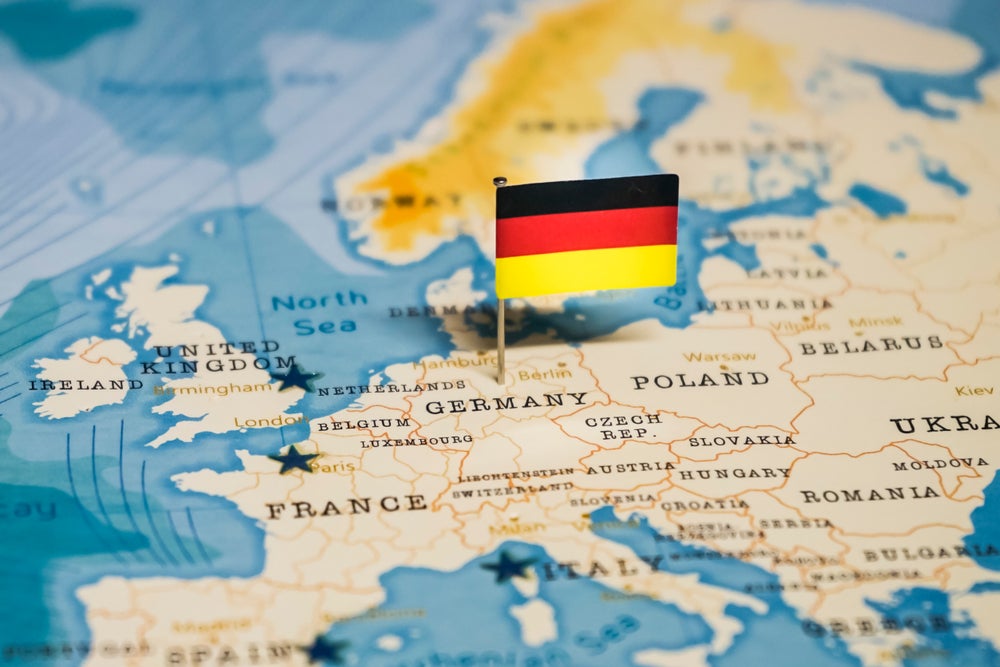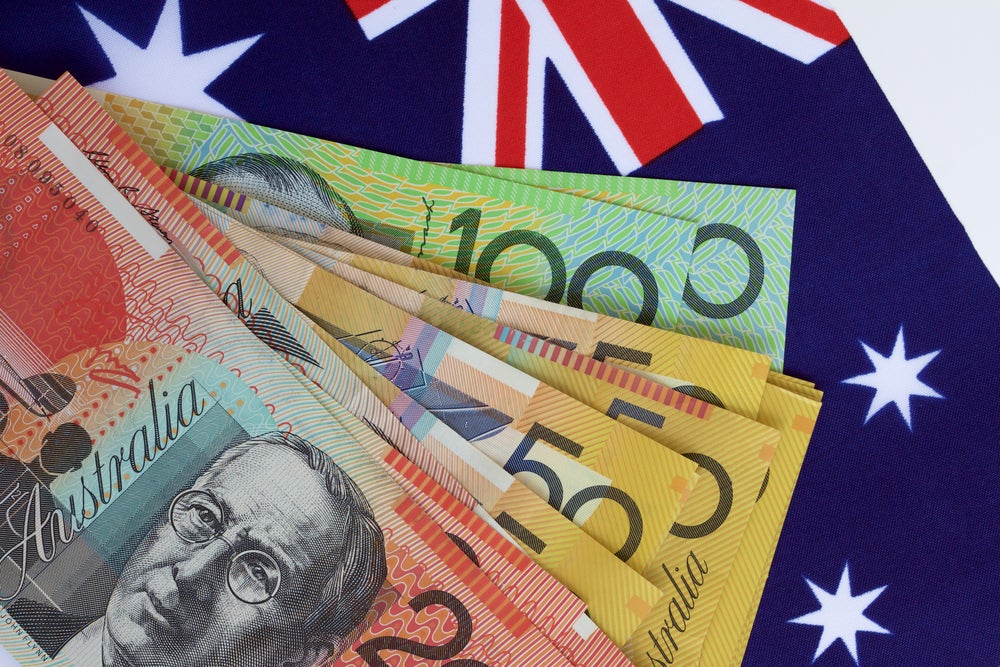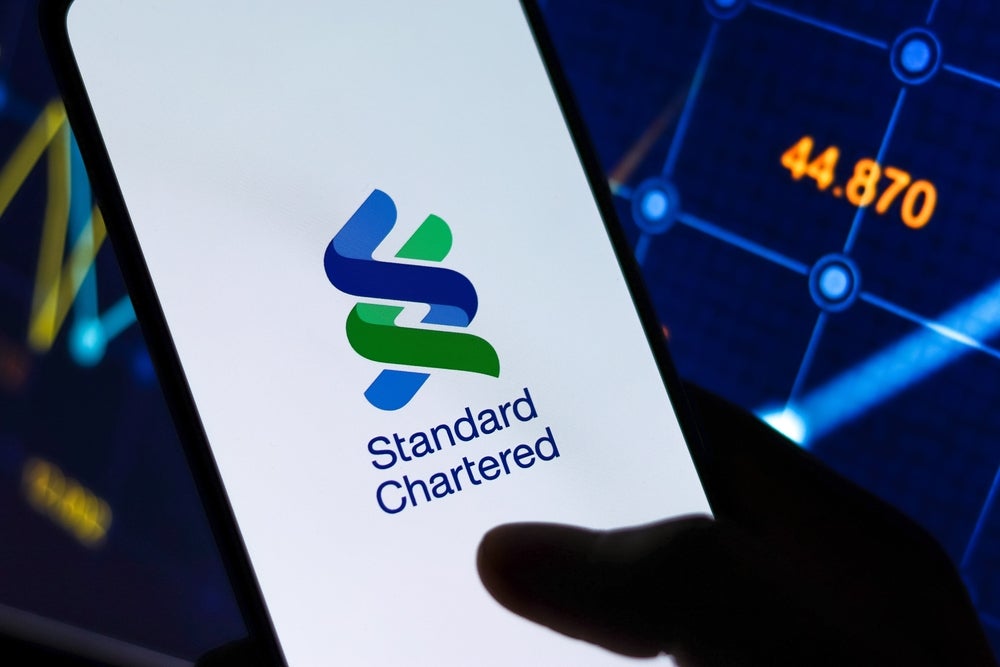
The payment industry, which until a few years ago was a technology area somewhere in the background of the banking sector, has become significantly more prominent and distinctly attractive. Marc Schluep writes
Intro: The value of companies involved in payment transactions has exploded in recent years. Visa and Mastercard have a market capitalisation of approximately $470 billion and $370 billion respectively.
Technology giants such as Apple, Amazon, Facebook, Samsung, Alibaba and Tencent have launched their own means of payment, cooperating with payment processors and even planning to introduce their own currency such as Facebook’s Libra initiative, recently renamed to Diem.
Why are payments ‘sexy’ now?
Only five to ten years ago, banks across Europe were mostly focused on asset management and investment banking while their card business had only a niche role.
Over the past couple of years, we have seen a continuing decline in cash use contrasted with an unprecedented surge in demand for contactless payment. This has led to outstanding stock market performances for major technology companies offering digital payments.
One of the driving factors behind this boom is the rapidly advancIng consolidation of the industry in recent years, due to the high scalability of the payment transaction business.
How well do you really know your competitors?
Access the most comprehensive Company Profiles on the market, powered by GlobalData. Save hours of research. Gain competitive edge.

Thank you!
Your download email will arrive shortly
Not ready to buy yet? Download a free sample
We are confident about the unique quality of our Company Profiles. However, we want you to make the most beneficial decision for your business, so we offer a free sample that you can download by submitting the below form
By GlobalDataThe first phase had already begun years ago. While consolidation was well advanced in the USA, it was not until the introduction of the Single Euro Payments Area (SEPA) that mergers and acquisitions significantly gained traction in Europe.
By now, many providers of card payment solutions (acquirers) as well as transaction processors have gradually combined to form regional and pan-European players.
For payments, scalability is extremely demanding. The processing of card-based transactions comes with strict requirements for security and availability of the technical infrastructure which is also reflected in an increasingly complex regulatory framework.
Transaction processing means investing millions in setting up, maintaining and further developing IT systems in order to keep up with technological advancements and regulatory requirements.
However, it has only a marginal effect on costs whether one million or one billion transactions are processed through this infrastructure. Quite naturally, banks acting as acquirers in many countries have outsourced their card business due to insufficient scale.
Since its inception, and even more so in the last decade, the payment industry has shown stable growth rates and equally stable cash flows. In Europe, the economic growth and the continuous substitution of cash accounted for annual volume increases of six to eight percent in recent years.
Yet there is still a huge growth potential for electronic payments as in many European countries barely half of all payments are made by card or mobile devices.
New competition through technology providers
In addition to consolidation, technological progress has transformed the industry and produced a variety of new forms of payments. Today’s consumers benefit from the choice of countless payment methods and electronic wallets. Consequently, the complexity for acquirers and processors has increased while retailers strive to offer customers their preferred payment options.
The direction of travel for cashless payments is clear. Technology giants are leveraging the rapid technological development to intensify customer loyalty and boost customised experience by integrating payment cards into their wallets as well as acquiring additional data.
In addition to creating their own wallets and payment methods, large tech players have also caused a shift in the payment ecosystem, and the much-cited “disruption” within the banking sector is already in full swing. For example, Apple, in cooperation with Goldman Sachs, has already started to fully disintermediate banks by promoting its Apple credit card to US customers.
The rise of the platform economy
Within the retail sector, the so-called “platform economy” is altering the balance of power. Large digital marketplaces such as Amazon or AliExpress go beyond offering online presence and a huge customer base to a plethora of small retailers: they also manage payment processing on their behalf.
Large marketplaces bundle the payment volumes of hundreds of thousands of small merchants, which in turn means that the traditional payment providers lose direct contact with these merchants and are reduced to their role as transaction processors in the background.
Similar developments can also be seen with other operators of large platforms including providers of e-commerce software solutions.
Service providers such as Shopify and GoDaddy make it easy for their merchant customers to set up their own online shop, and at the same time provide the checkout solution. Depending on the platform operator’s own strategy, this can lead to the replacement of incumbent payment providers in the long run.
A catalyst or a threat?
The introduction of the second Payment Services Directive (PSD2) in the EU has further accelerated the upheaval in payments.
As third party payment service providers are permitted by the banks’ customers to access their account and initiate payments, some of the players involved in a card transaction today (card issuer, scheme and acquirer) may find themselves left out.
Open Banking will also challenge the conventional banks while services that create added value are taken over by neo-banks, fintechs and technology platforms.
However, it would be a mistake to begin a swan song for the established players as they are not sitting idly by and watching these changes. With the acquisition of Vocalink and Nets Group’s account-to-account payment business, Mastercard is one step ahead in Europe, expanding its footprint outside of the card business. Another showcase is Worldline that is already offering its retail customers the option of accepting crypto currencies such as Bitcoin or Ethereum as well as account-to-account payments as part of pilot projects.
A look into the future suggests that the industry will not lose its attractiveness anytime soon. The continuous decline of cash, advancing e-commerce and the emergence of new payment methods and digital currencies ensure sustained growth of digital payments.
Consolidation and new players entering this profitable market will continue to change the face of the industry. Technology will keep evolving and ensures that there are no limits to the imagination for tomorrow’s new ways of payment. For sure, payments will continue to be sexy for the years to come.
Marc Schluep, Head Strategy Merchant Services at Worldline







